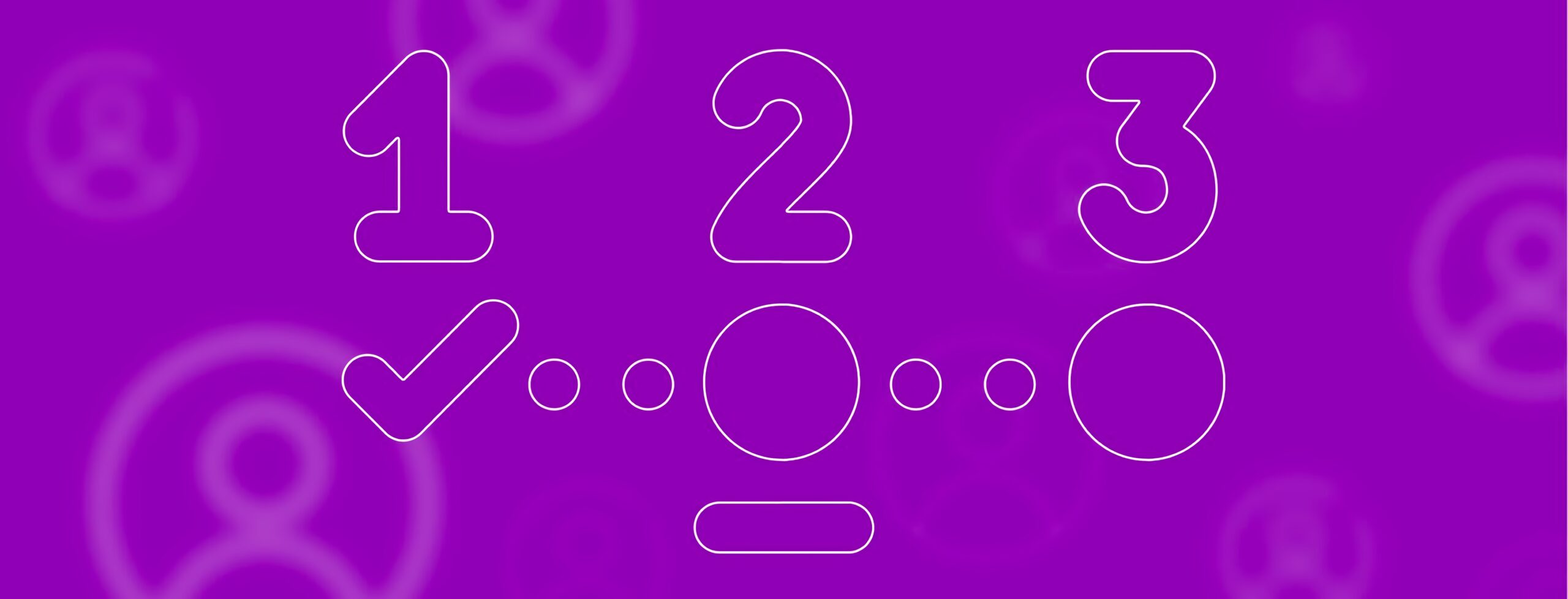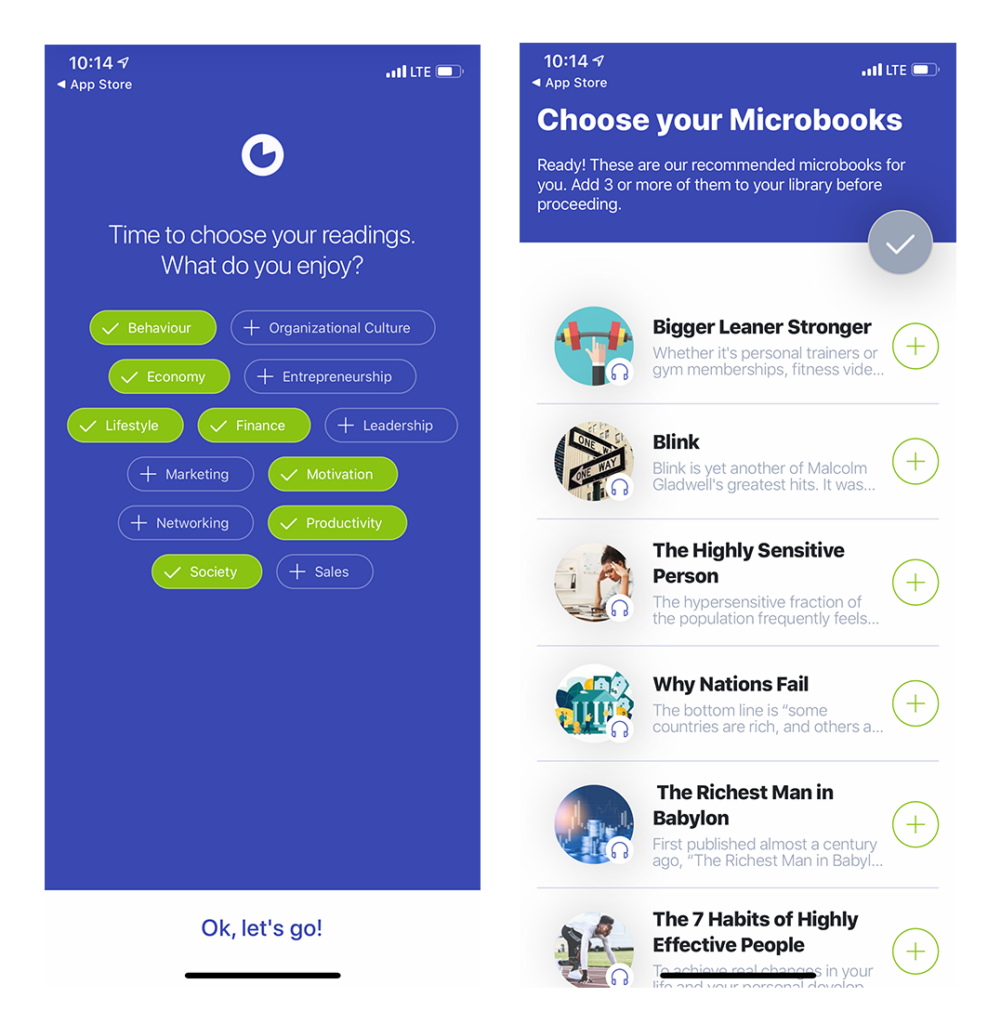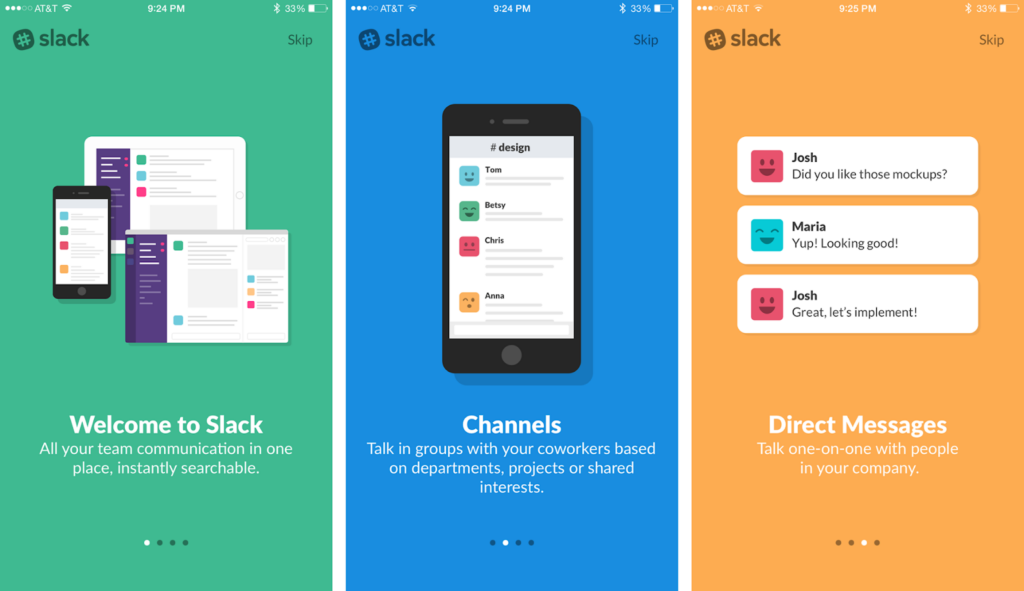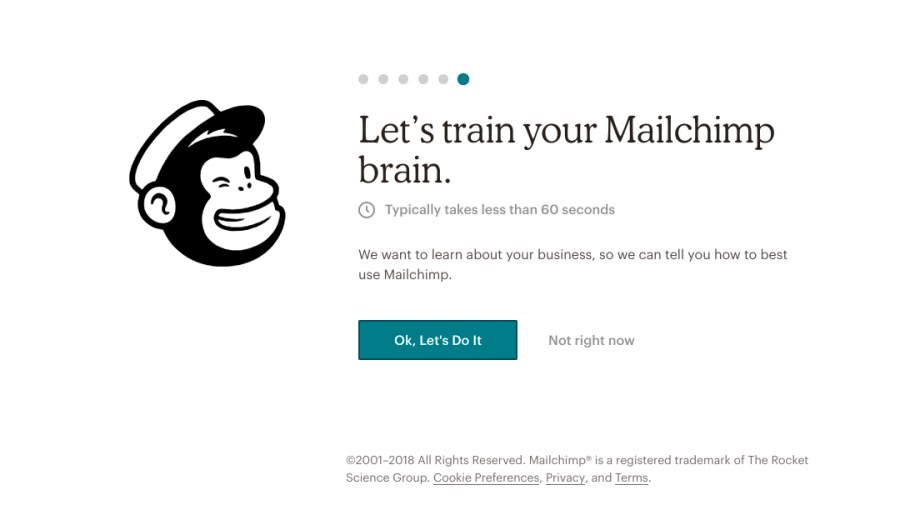
5 Ways to Create a Premium Onboarding Experience for Your Digital Product Users
- Product Design /
- Product Metrics /
When it comes to designing and building any digital product experience, it’s imperative to think about the people who will be using it. Consider more than just their own day-to-day use or the general functions that broadly drive any particular user experience. Instead, think about the user experience from a chronological perspective.
In this article we’ll go back to the beginning of a user’s timeline. At some juncture, every user is a new user. By implementing our recommended onboarding steps, you’ll have your new users up and running in no time. These guidelines will assist you in circumventing common frustration, or even complete abandonment of your digital product. Let’s explore how to make every user experience the best venture possible.
What is an Onboarding Experience?
An onboarding experience in a digital product refers to the process of introducing new users to the product and helping them understand how to use it. It is a critical step in ensuring that users have a positive experience with the product and continue to use it. The onboarding process typically includes a series of steps, such as creating an account, providing a tutorial or walkthrough of the product’s features, and offering tips and guidance along the way. A successful onboarding experience can lead to increased user engagement and satisfaction, as well as improved retention rates.
How Can I Improve my Users’ Onboarding?
In order to ensure that your users are able to get started with your product quickly and easily, it’s important to have a solid onboarding process in place. The following five onboarding steps provide essential guidelines for achieving success in this area. By following these steps, you can help your users get set up in your product faster and more successfully, which will ultimately lead to greater satisfaction and loyalty over time. So if you’re looking to improve your product onboarding process, consider implementing these key steps as part of your overall strategy.
1. Personalize Their Experience
The number one way to a user’s heart is to address them as you would in the real world. You need to do this from the outset, even before they log in or use your experience for the first time. Examples of this might be “It’s nice to meet you, Tom” or “Welcome Melanie!”
While it’s not always feasible to incorporate name data to every experience initially, there are other data points that are easier to capitalize upon from the very beginning, making your new user feel at home: time of day, local weather, regional imagery, and general location are just a few examples. Beyond this, opportunities exist to build upon user data captured progressively within an experience to generate greater personalization. For example, capturing simple information about a user from the outset to promote special annual messages like “Way to be born today Jennifer!” and “You’ve been with us for 6 months and we appreciate your business!” are simple enough to capture during onboarding and will make the experience feel more personal for users over time.
Another onboarding technique is getting users to try other aspects of an experience relative to ‘interests’ they’ve self-selected during the onboarding process. Similar to this is “progressive profiling” which is a systematic way of collecting user information by way of form fields that users answer directly. This data can orient users towards particular actions that are directly relevant to their answers. Onboarding is the perfect time to facilitate this.

2. Create a Clear Action for Your User
Subsequent to personalizing your connection to your user, it is essential to clearly delineate what they need to know as they interact within the experience for the first time. If there isn’t an understanding straightaway, a user may become quickly frustrated or abandon the experience. Onboarding is the perfect time to introduce what they need to know and do in order to be successful within the experience from the start.
There are various ways this can be achieved. The most effective method is to build awareness through either a passive or an active tutorial process.
Passive Tutorials
An example of a passive tutorial is a sequence of screens that a user views to understand the essential action(s) they need to execute. It also provides visual examples demonstrating how critical functions and tasks are performed. This is commonly seen in mobile app onboarding.

Active Tutorials
A second way to create a clear action for your user is through an active tutorial. As the name suggests, this process differs from a passive tutorial consisting of just a series of screens that simply explain how things work.
Most modern video games do this as a way to create a fun experience for their first time users. In turn, the benefit to the active method is that you “gamify” the mechanics of learning. It makes the experience more appealing and enticing for the user to continue engaging and interacting within their environment. This can be done with general interest questions, trivia, or other literal game-like sequences that reward users with points that can be displayed, shared, and/or potentially redeemed for prizes at the end.

3. Continually Refine Onboarding with User Feedback
It might seem like common sense, but collecting user feedback at the end of any onboarding experience is seldomly put into play. But where else are you able to acquire such valuable data from your users?
Following any onboarding, it’s essential for you (especially those in product owner or manager roles) to think progressively about your digital product experience. Don’t be intimidated to hear what your users have to share, even if they haven’t even started to use the experience or become familiar with your brand.
Net Promoter Score
One of the most common ways to collect this kind of information is through NPS, or Net Promoter Score. Simply put, NPS asks the user to state on a scale of 1 to 10 how satisfied they are with an experience once they are finished with it. These ratings can be very broad or fairly specific, but there are benefits and detractors to utilizing this kind of data collection. The benefit is the rapid return of results. Unfortunately, there is often not enough specific data to make changes that can definitively improve an experience.
Follow Up with a Survey or an Email
A more informed way of collecting user data at the end of an onboarding experience is to insert a few simple questions as part of the onboarding sequence that are very direct in nature; such as “Was this useful to you?” or “Is there anything else you’d like to know?”
Another method is to send a follow-up email survey, but this may be missed by users or flagged as spam.
User Testing
While NPS and surveys can uncover valuable insights, the best possible option to collect user feedback is by far moderated or unmoderated user testing. This will provide a lot of useful & actionable details. This does require an allocation of resources, as actual human users are interviewed to gain greater insight.
4. Create Moments of Delight in Your Onboarding Experience
Keep this simple mantra in mind: Your user is a human, and they have emotions. This seems like an easy and obvious observation, but it’s commonly forgotten. Honoring this mantra is an opportunity to connect with your user and tap into their emotions in a positive way.
One of the most powerful emotions a user may experience is delight. When a user finds an experience delightful, they typically, and often emphatically, share this experience with friends, family, and colleagues. The onboarding process can be a static and stale experience. If you make it engaging, delightful, and interesting it’s bound to make a positive impact on both the product growth and your business.

5. Consider the Time to User Value
Last but certainly not least is recognizing that a users’ time is precious and not to be wasted. If users see little value coming from an onboarding experience, their trust and confidence will begin to erode. This can of course be highly detrimental to user adoption and retention.
Take the time to chart and map the most essential things a user needs to know from the get-go. Start with the basics, but also seek to employ the four aforementioned steps to help cultivate confidence and trust in future onboarding experiences. Instill the understanding within users that there is value in the actions that they are taking. Make it fun, make it personal, but most importantly, make it valuable with a minimal amount of time required.
Don’t Trap Your Users
Can’t seem to crunch down the time it takes for users to go through the motions of learning how to use an experience? Make sure to give users a way out. At least temporarily. Some people are active learners. Active learners may not want to be hampered by an onboarding process that feels forced. Provide an easy-to-find exit and/or calls-to-action that allow users to skip the process entirely. Some users may opt back in and want orientation. Simply accounting for a UX/UI convention in the experience to return to the onboarding process is enough to satisfy this need from a base level. It also prompts one-time users by inquiring if they want to resume which can prove to be helpful. And if they dismiss it, just assure them they can always find the onboarding in the same consistent place.
The Best Onboarding Experiences are Simple, Intuitive, and Considerate of Users’ Needs
When thinking about what would specifically make your digital product’s onboarding experience a better one, we hope these five insights prove to be helpful. The most successful onboarding experiences keep things simple and intuitive for users, while still providing for their ultimate needs. The better you know your customer/user, the better their experience will be in the end.
If you’d like further assistance or you’re looking for a deeper understanding of how to assemble a world-class onboarding experience with a trusted partner at your side, consider contacting us.
In addition to creating premium onboarding experiences, Emerge employs several other approaches with our clients for successful project and product outcomes. We also enthusiastically implement and guide clients through empathy mapping, journey mapping, and service blueprinting.